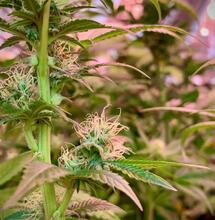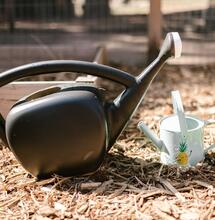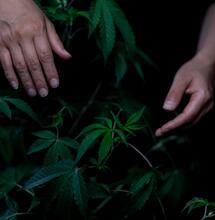Coffee Beans in Cannabis Gardening

Spent coffee grounds are a cheap organic fertiliser resource. Grounds and chaff from home-roasted coffee beans are a rich solution for nitrogen, one of the three major macronutrients cannabis plants need to thrive. Used grounds can be applied directly on the soil, around the base of the plant, or supplemented into the soil for time-released benefits.
Seed meals from spent coffee grounds have pH values between 5.8 and 6.2, appropriate for conditioning the soil. The pH levels will slightly increase once the coffee grounds are added to the soil. If non-bleached paper coffee filters were used for preparing the coffee, the fertiliser could be composted as a whole without putting an extra strain on the environment.
Caffeinated content can harm the growing space, so it's crucial to use spent grounds and not freshly-ground coffee. Fresh coffee beans are also more acidic than spent ones. Fermented or rotting coffee grounds are also not recommended to use in gardening.
The nitrogen content in the used grounds takes a certain amount of time to become available to crops. It takes time to degrade from the organic compounds where it's locked. That means that adding spent coffee beans to the soil comes with a slow, gradual-release effect. Plants are exposed to long-term nitrogen input.
Besides nitrogen, coffee also contains trace amounts of other nutrients such as phosphorus, potassium, magnesium, copper, and calcium. All these nutrients will act the same way as nitrogen. It will take time before they become available to the plant.
Coffee grounds meals are also suitable for other crops such as tomatoes, carrots, lettuce, blueberries, radishes, etc. This type of kitchen waste can also be used to deter garden pests such as snails and slugs. The smell will additionally deter any cat who wants to use your outdoor garden as a litter box.
How to Use Coffee Beans in the Garden?
You can fertilise your garden with spent coffee beans in a variety of ways. Below are a few ideas:
- As a soil amendment: Mix the used spent beans six to eight inches into the soil. The supplement will unleash macro and micronutrients to your plants, and it will also help condition and aerate the soil.
- As a side-dressing fertiliser: Feed directly to the plant. Used beans come with a favourable carbon-to-nitrogen ratio appropriate for both plant and soil nutrition.
- In worm castings: If you use worm bins, add the coffee meal once every week. Combine with other kitchen waste. Worms will be thankful.
- In composting: Add with other plant matter. For instance, lay down 1/3 fresh grass clippings, 1/3 fresh leaves, and 1/3 coffee grounds in the compost pile. Turn the compost solution at regular intervals.
- As in foliar spray: Soak half a pound of used beans in five gallons of water. Use the spray solution directly on the plants. Use the spray when you want to wash the undersides of the leaves.
Used coffee beans are an excellent inexpensive solution to condition the soil. It also increases the soil structure and fecundity and provides healthy nourishment for cannabis plants. It's a fun way to deal with waste management.
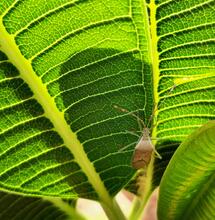

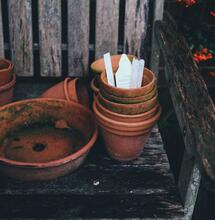
.png)

